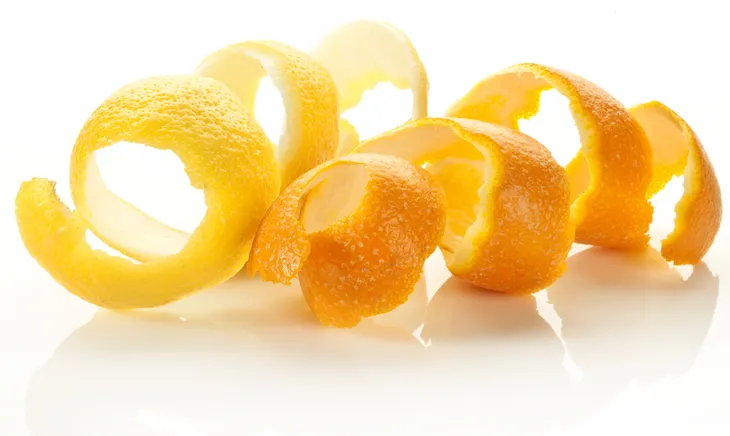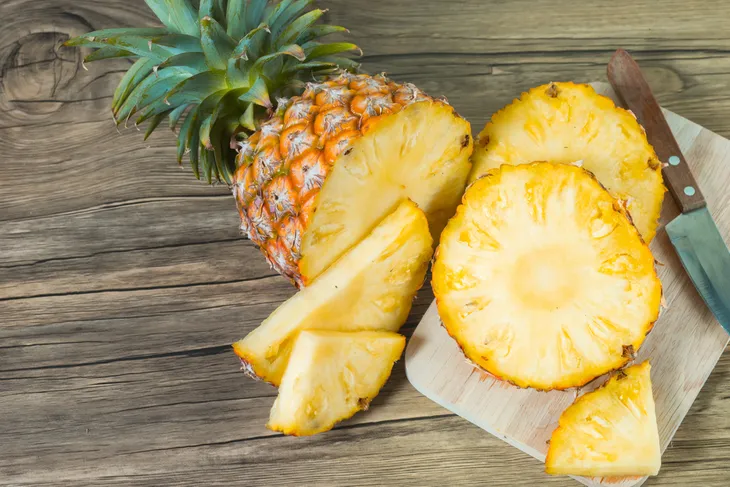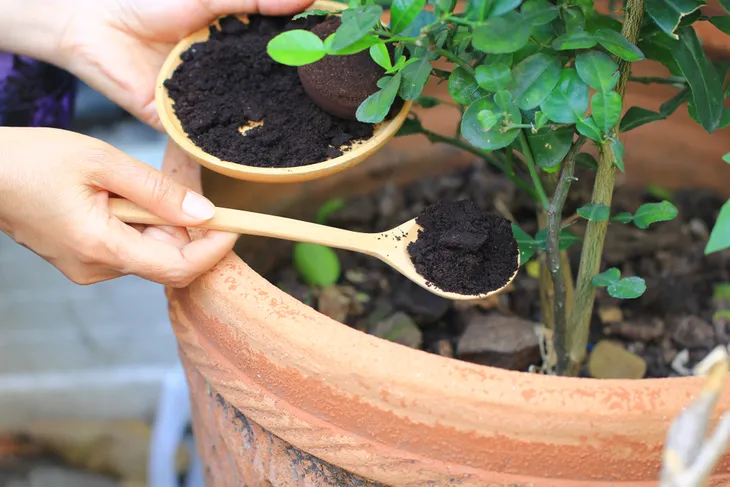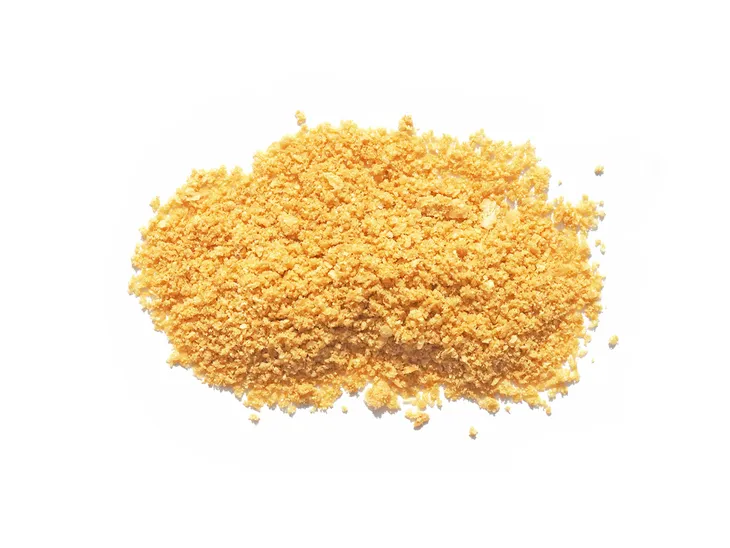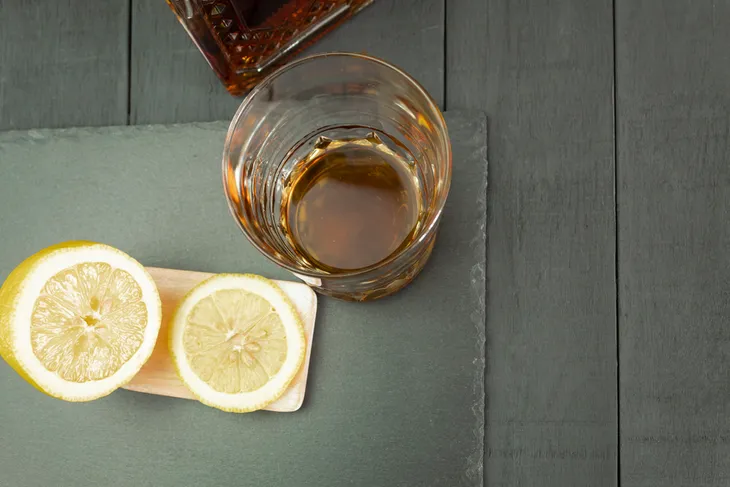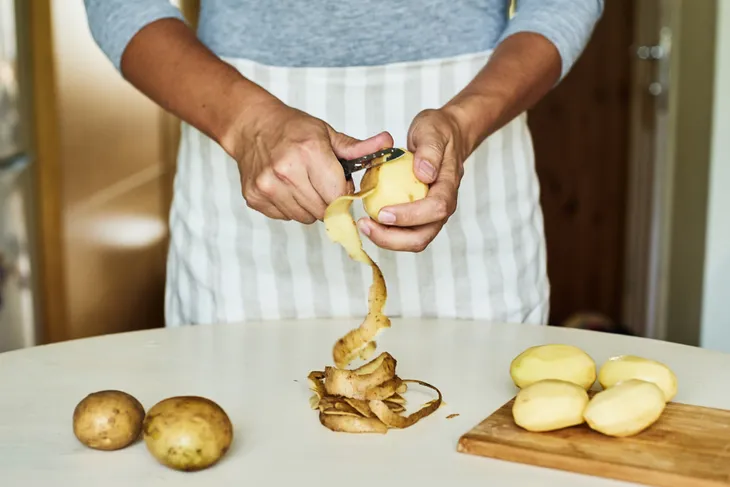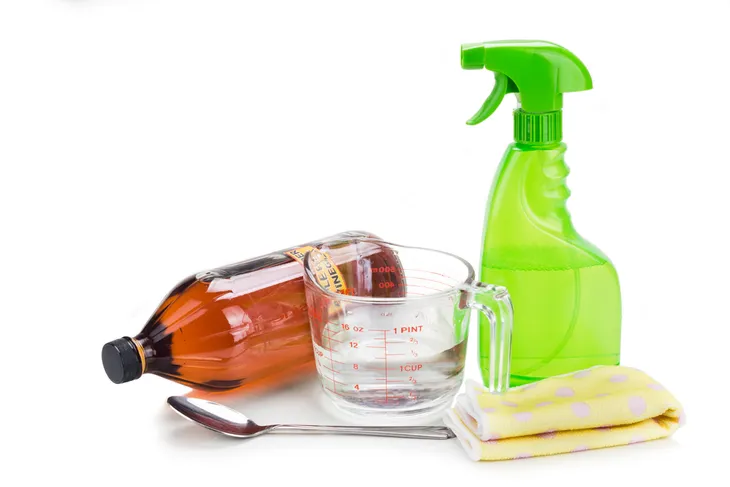If you think the only useful purpose of food waste is to make compost or feed the family dog under the table, then you’re missing some opportunities.
The scraps of food that end up in the garbage or the compost bin can have a purpose other than becoming food for soil. You can get creative with food scraps for applications around the home, even incorporating them into recipes. Here are seven ideas to give food waste a new life…
Mask Disposal Odors
One of the problems with garbage disposers is that while it does a great job breaking down leftovers and bones into bits small enough to safely pass through plumbing, it often leaves behind a less than pleasant scent.
One suggestion from Care2.com is to take the peels from citrus fruits (lemons, limes, oranges) and toss them into the garbage disposal unit to “de-stink” it. Ironically, the less you dispose of your food waste in this way in favor of other purposes, the less problems you’ll probably have with foul smells.
Re-use, Re-Grow
The website 17apart.com suggests saving the tops of pineapples after cutting them off. Apparently, you can regrow an entire pineapple from the top in a few simple steps, according to the site.
It takes a long time for this process to occur, but placing the pineapple top by a sunny window and waiting for roots and then placing it into a soil container outside is pretty much all you need to do aside from some other small details. It helps if you live in a warmer climate, of course.
The Daily Grind
Americans love their coffee, and that also means tons of used grounds poured down the sink or into compost bins. Buzzfeed has a long list of ways you can reuse those grounds, even if they’ve already served their primary purpose of getting you through the morning.
A few suggestions to recycle grounds include putting them in plant soil to change the pH-levels (and in some cases, the color of the flower), mixing them with mushroom spores to grow edible fungi, and even deterring felines from entering your garden.
A Crumby Idea
Many bags of crackers have been tossed with “cracker dust” sitting at the bottom that no one seems to want. Care2.com urges you to save those little bits and use them as breading or top off a casserole.
The same site said you can mix these cracker bits with breadcrumbs. And speaking of breadcrumbs, you can save those crusts if you cut off junior’s sandwiches and grind them into crumbs later.
Add Flavor to Beverages
This idea is meant for grown-ups only. The idea is to buy some quality brandy and toss in some lemon peels. While your kids are busy enjoying the lemonade you made from those citrus fruits, you could be making your own treat.
Mind you, while lemonade can be made fairly quickly, this lemon brandy infusion will take 3 or 4-weeks to be ready. It can be a refreshing summer sipper, or a zesty ingredient in baked goods, notes WikiHow.
Potato Peels: Wart Remedy?
Several online sources purport the advantages of leftover potato peels as a wart treatment. Livestrong.com, a popular health website, backs this up by noting (sometimes painful) plantar warts can be erased with leftover potato skins.
The source suggests taping raw potato peel over the wart overnight for a week. Experts debate how this works, but one theory is that you’re simply starving the wart of oxygen and therefore killing it. Don’t scrub off the dead tissue with a file as this can cause the skin to break and spread the wart virus, adds the site.
Use Leftovers as Cleaners
The DIY Network has a collection of great ideas for turning food into DIY household cleaners. These natural cleaners are effective and don’t contain any harmful ingredients, which is especially useful if you have young children in the home.
One example includes cleaning aluminum with apple peels. Apparently the acid in the peels will remove stains and discoloration from cookware. Don’t rub the peels on the pans; instead, boil water and apple peels together and simmer for 30-minutes.

